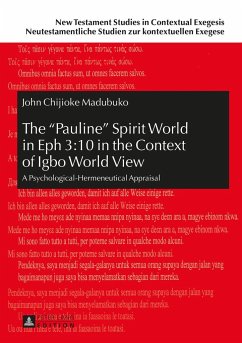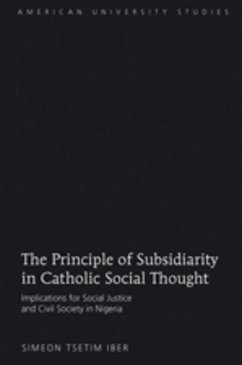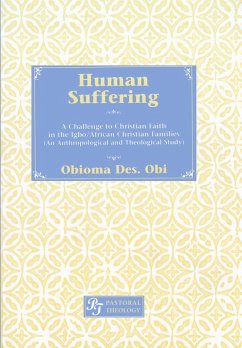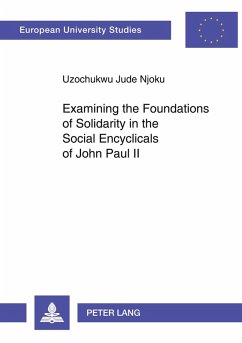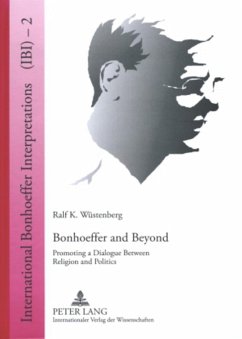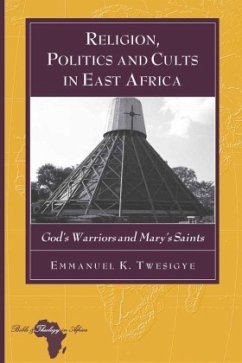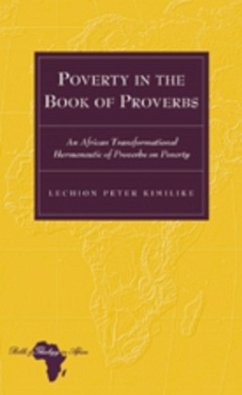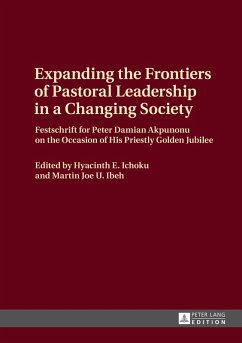
Anti-Roman Cryptograms in the New Testament
Hidden Transcripts of Hope and Liberation
Versandkostenfrei!
Versandfertig in 6-10 Tagen
54,90 €
inkl. MwSt.

PAYBACK Punkte
0 °P sammeln!
The first basic thesis of Anti-Roman Cryptograms in the New Testament: Hidden Transcripts of Hope and Liberation is that the Jesus of history and his earliest and closest followers during his lifetime and during the decades after he had been crucified by the Romans had not only a deep longing for eternal life with God beyond the limits of this world, but also a strong desire for liberation from Roman political, economic, and social oppression. The second basic thesis of Anti-Roman Cryptograms in the New Testament is that within the Christian Scriptures there are more hidden transcripts, coded ...
The first basic thesis of Anti-Roman Cryptograms in the New Testament: Hidden Transcripts of Hope and Liberation is that the Jesus of history and his earliest and closest followers during his lifetime and during the decades after he had been crucified by the Romans had not only a deep longing for eternal life with God beyond the limits of this world, but also a strong desire for liberation from Roman political, economic, and social oppression. The second basic thesis of Anti-Roman Cryptograms in the New Testament is that within the Christian Scriptures there are more hidden transcripts, coded messages (anti-Roman cryptograms) of hope and liberation, for «freedom now» within this life, than we have realized throughout most of the history of interpretation. Hidden transcripts of hope and liberation are coded so that oppressed people are able to communicate to their fellow oppressed people in ways in which their message and their intent are shielded from the perceptions of their oppressors. These messages by the Jesus of history and by the writers of New Testament and related literature use the language of faith, of salvation, of Deity, and of adversaries of Deity, giving words that are commonly used by the oppressed people new and double meanings. Within interaction with other scholars who are publishing studies of hidden transcripts, this book is an analysis of hidden transcripts within each of the New Testament documents. The book is designed to be used in New Testament Studies courses at undergraduate and/or graduate levels, by study groups, and by all persons who desire a more adequate understanding of the Jesus of history, his closest followers, and their oral and written communications during the first three centuries C.E.





